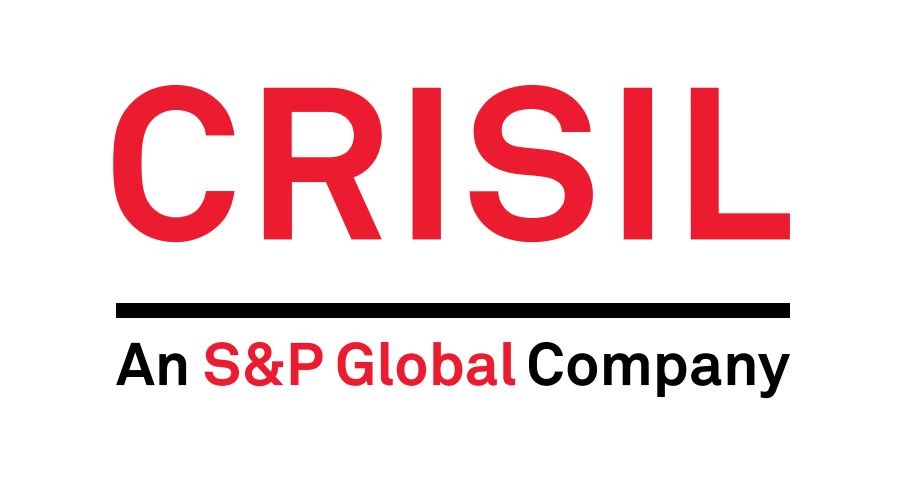 Hester Biosciences Ltd appoints Mr. Ashish Desai as CFO and KMP
Hester Biosciences Ltd appoints Mr. Ashish Desai as CFO and KMP WABAG secures ADB funded 'Large' DBO order from Melamchi Water Supply Development Board, Government of Nepal
WABAG secures ADB funded 'Large' DBO order from Melamchi Water Supply Development Board, Government of Nepal Brightcom Group Ltd updates on Strategic Partnership with Dailymotion Advertising
Brightcom Group Ltd updates on Strategic Partnership with Dailymotion Advertising ACME Solar commissions second phase of additional 16 MW of its 100 MW wind power project in Gujarat
ACME Solar commissions second phase of additional 16 MW of its 100 MW wind power project in Gujarat Godrej Properties adds INR 2,400 crore additional revenue potential to its recent acquisition on Sarjapur Road, Bengaluru
Godrej Properties adds INR 2,400 crore additional revenue potential to its recent acquisition on Sarjapur Road, Bengaluru
Research
Crisil Ratings : PVC pipe manufacturers to log 10-11% revenue growth this fiscal
Posted On : 2025-07-24 20:40:44( TIMEZONE : IST )

Operating margin to improve with policy support; strong balance sheets to aid credit profiles
After a flattish revenue growth last fiscal, manufacturers of polyvinyl chloride (PVC) pipes and fittings in the organised sector will see a recovery this fiscal led by robust demand from end-user segments and a more stable price environment.
This will lead to reduction in manufacturers high-cost inventory as dealers begin restocking channels and partly wipe out a 130 basis points' decline in operating margin last fiscal. Improved profitability and easing inventory levels will also reduce their working capital requirements and afford room to expand capacities without stressing balance sheets.
Our analysis of 16 PVC pipe makers, with cumulative revenues of ~Rs 30,000 crore, or about two-thirds of the organised segment's revenues in last fiscal, indicates as much.
Typically, manufacturers sell to dealers, that in turn, sell to end-user industries such as irrigation, water supply, sanitation and plumbing, and urban infrastructure and real estate - for greenfield as well as replacement requirements.
Demand from irrigation and water supply projects, contributing close to three-fourths of the sectoral revenues, is seen remaining strong, given the government's push in these sectors. Replacement and new demand from the real estate sector will also contribute, though moderate as compared with the past few fiscals as fresh project launches are expected to reduce.
Says Himank Sharma, Director, Crisil Ratings, "Demand for PVC pipes and fittings has remained robust in recent times driven by government schemes such as Jal Jeevan Mission and Pradhan Mantri Awas Yojna, which focus on the water supply, sanitation and housing segments. What has changed is the government more than doubling1 budgetary allocation this fiscal, on-year, for these schemes, which can drive up the requirement of PVC pipes and fittings even more."
While demand will remain favourable, prices have been volatile, based on global trends in PVC resin, a key raw material. India imports nearly 55-60% of its PVC resin needs given a strong demand outlook and limited domestic capacities.
The landed cost of these PVC resin imports has been consistently at a 20-25% discount to the domestic cost of production and hence prone to dumping from China, Taiwan, South Korea, Japan, Indonesia, the US and Thailand. When global prices of PVC resin fell by 10% last fiscal as crude oil turned cheaper, the government imposed a provisional anti-dumping duty (ADD) to protect small resin manufacturers in India.
The initial decline and then the duty imposition fuelled volatility in price realisations, pushing PVC pipe dealers to prioritise destocking of inventories to prevent inventory related losses. This led to volume growth plateauing for manufacturers and their operating margins were impacted due to high-cost inventories on their books as dealers reduced the offtake.
This fiscal, however, volume is seen growing faster, riding on demand and stable prices with the provisional ADD keeping resin prices rangebound. Higher volume should help the revenues of manufacturers grow 10-11% and crank up operating rates, leading to a rebound in operating margin to ~13.5-14% this fiscal.
Says Rushabh Borkar, Associate Director, Crisil Ratings, "Additionally, better demand will also lead to restocking by dealers and reduce the inventory at manufacturers by 8-10 days, curbing debt addition. Despite a planned capex of ~Rs 2,100 crore, manufacturers with their strong cash accrual and healthy cash levels will maintain healthy debt-to-Ebitda2 below 0.35 time and interest coverage above 22 times this fiscal."
That said, global resin prices and stability in the ADD regime will bear watching.
